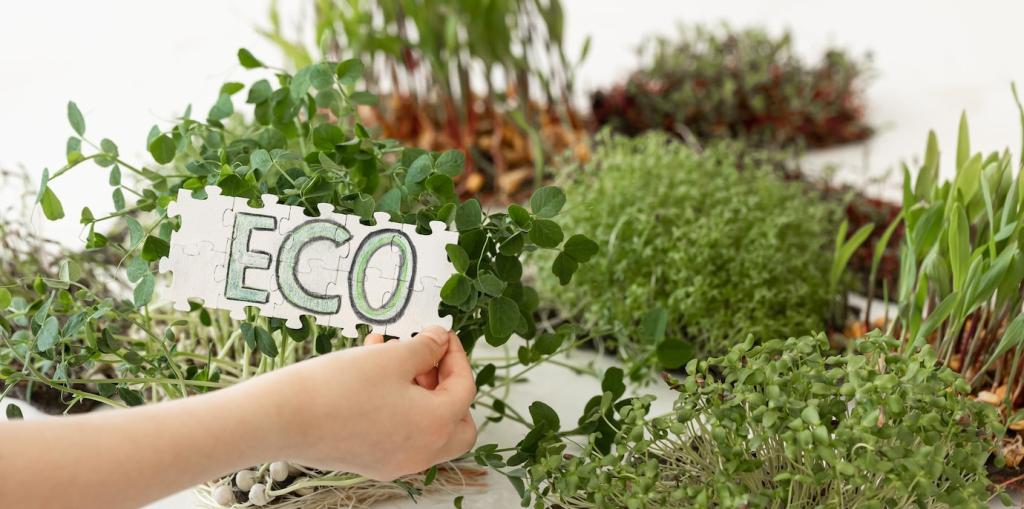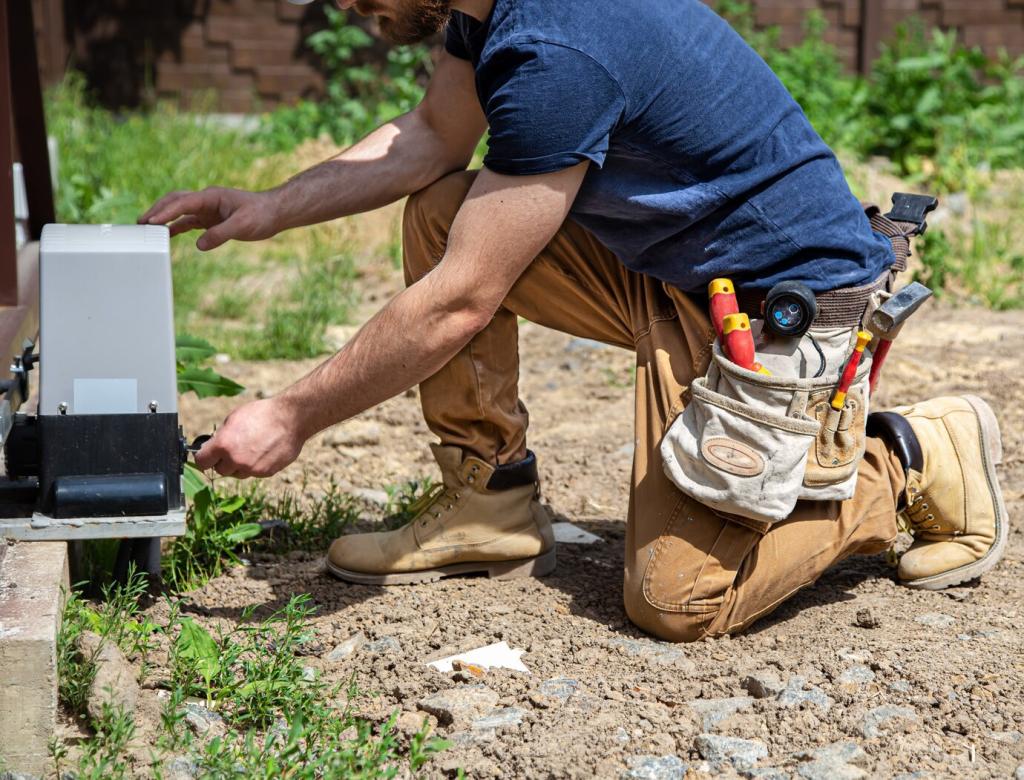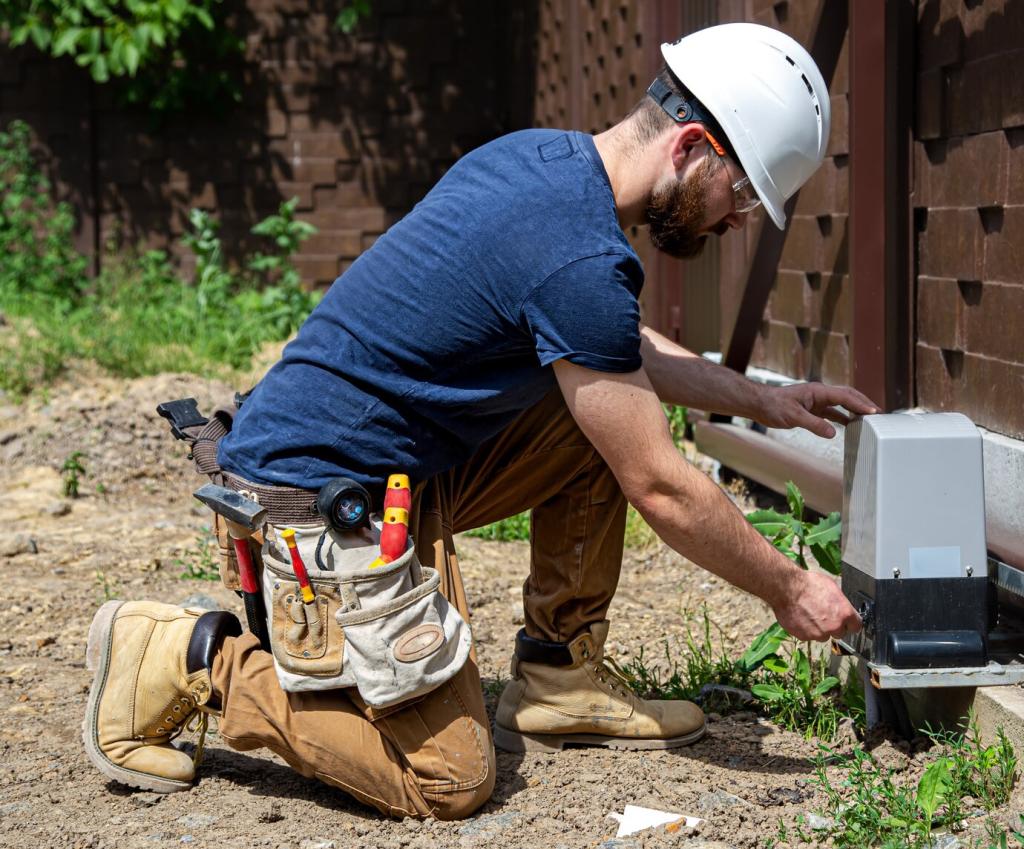Techniques: Waxing, Oil-Rubbing, and Burnishing
Work a thin layer of wax with the grain using a soft cloth, letting warmth help it flow. After a short set time, buff in overlapping circles. Multiple whisper-thin coats build depth without gumming or attracting unnecessary dust.
Techniques: Waxing, Oil-Rubbing, and Burnishing
Apply a minimal amount of tung or linseed oil, massage it into the fibers, then wipe all excess completely. Allow adequate oxygen and time between coats. Several light applications produce a resilient finish, avoiding sticky surfaces or uneven sheen.
Techniques: Waxing, Oil-Rubbing, and Burnishing
Using a hard wood block, agate burnisher, or brown paper, compress surface fibers gently after finishing. This friction-based polish tightens the sheen without chemicals, ideal for minimalist projects emphasizing touchable smoothness and the wood’s quiet, natural glow.
Techniques: Waxing, Oil-Rubbing, and Burnishing
Lorem ipsum dolor sit amet, consectetur adipiscing elit. Ut elit tellus, luctus nec ullamcorper mattis, pulvinar dapibus leo.












